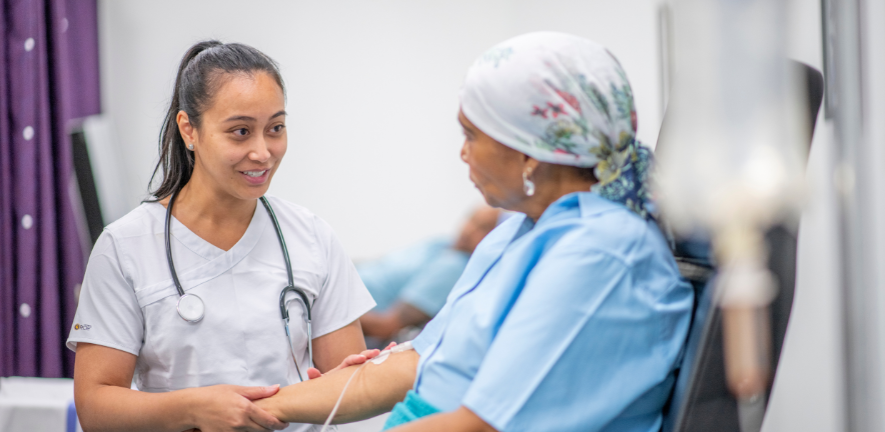
Submitted by Livia Harriman on Wed, 07/02/2024 - 10:27
Guidance on providing the best care possible for patients with a rare tumour affecting their ovaries will now be freely available to doctors worldwide.
Led by Cambridge University Hospitals NHS Foundation Trust (CUH), the guidance will, for the first time, recommend the best treatment options for patients with a type of tumour called ‘ovarian immature teratoma’. This rare type of tumour – diagnosed in about one in 50,000 people – most frequently affects girls and young women up to their late thirties.
"This can be a very challenging disease for patients and their families," said principal investigator Professor Matthew Murray, Honorary Consultant Paediatric Oncologist at CUH and University of Cambridge. “It’s traumatic for patients, who have to deal with a lot of issues and uncertainties, such as living for several years after surgery with the possibility that the disease may come back and require further treatment.”
“Because ovarian immature teratoma is an understudied type of tumour, there has been no consensus amongst doctors on how best to treat it. These tumours are so rare, their appearance under the microscope can be difficult to interpret, and there is a lack of information to help with decision-making about the best treatment for individual patients,” he added.
The guidance was written by the Malignant Germ Cell International Consortium or ‘MaGIC’, which includes experts worldwide in specialist areas such as surgery, oncology, pathology, and science. The guidance highlights management options that can be discussed with patients and their families in their particular clinical situations to come to personalised, shared decision-making.
Following frequent queries from other doctors about patient management, the experts looked at all the available information that had been published on the condition. They found some areas where everyone could agree—or ‘consensus’—but also some clinical situations where more studies are needed to find the best ways of treating patients—or ‘controversy’.
For example, although both children and adults with immature teratoma generally have similar excellent outcomes, there have been big differences in the approach to treatment. Children tend to have surgery alone, whereas adult patients typically receive additional chemotherapy after surgery.
“There is an urgent need to identify better which patients may be safely monitored after surgery instead of undergoing chemotherapy,” explained Professor Murray. “The genetic changes that cause these tumours also need further study,” he added.
The guidance, published in the prestigious journal eClinicalMedicine, has been made freely available, thanks to Addenbrooke’s Charitable Trust (ACT) in Cambridge.
“We hope this comprehensive document will help doctors deliver more consistent clinical management for patients. More clinical and basic scientific research is now needed to help us understand the best management choices for our patients,” concluded Professor Murray.
“We are delighted to support the publication of this international guidance work, led by Professor Murray here in Cambridge, for patients affected by immature teratoma,” added Paul White, Director of Communications & Impact at ACT.
“In keeping with our mission to support research that drives improvement to healthcare, we are making these guidelines available to all, completely free of charge. This will help ensure that the guidance is adopted as widely as possible and will improve the lives of patients across the globe,” he added.
Read the guidance as published: Pashankar F, Murray MJ et al., ‘Consensus and controversy in the management of paediatric and adult patients with ovarian immature teratoma: the Malignant Germ Cell International Consortium perspective.’ eClinicalMedicine, 2024. https://doi.org/10.1016/j.eclinm.2024.102453

